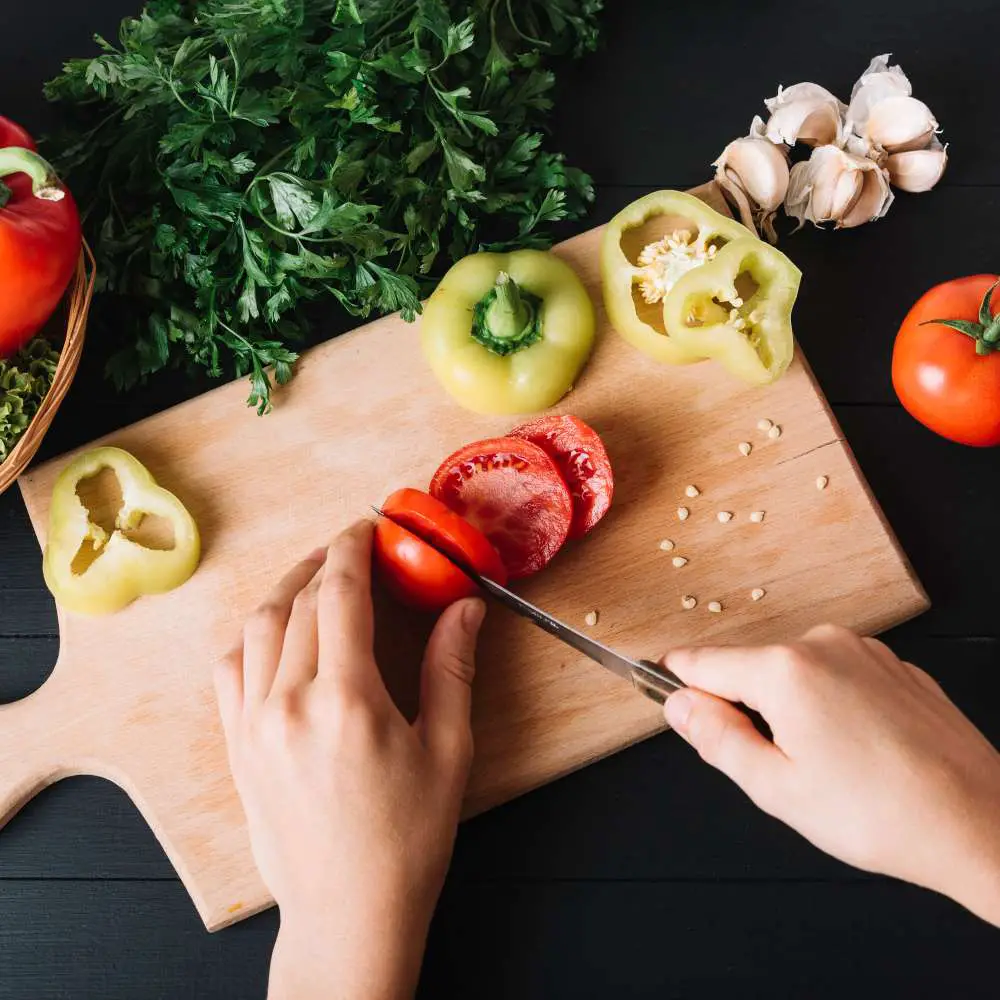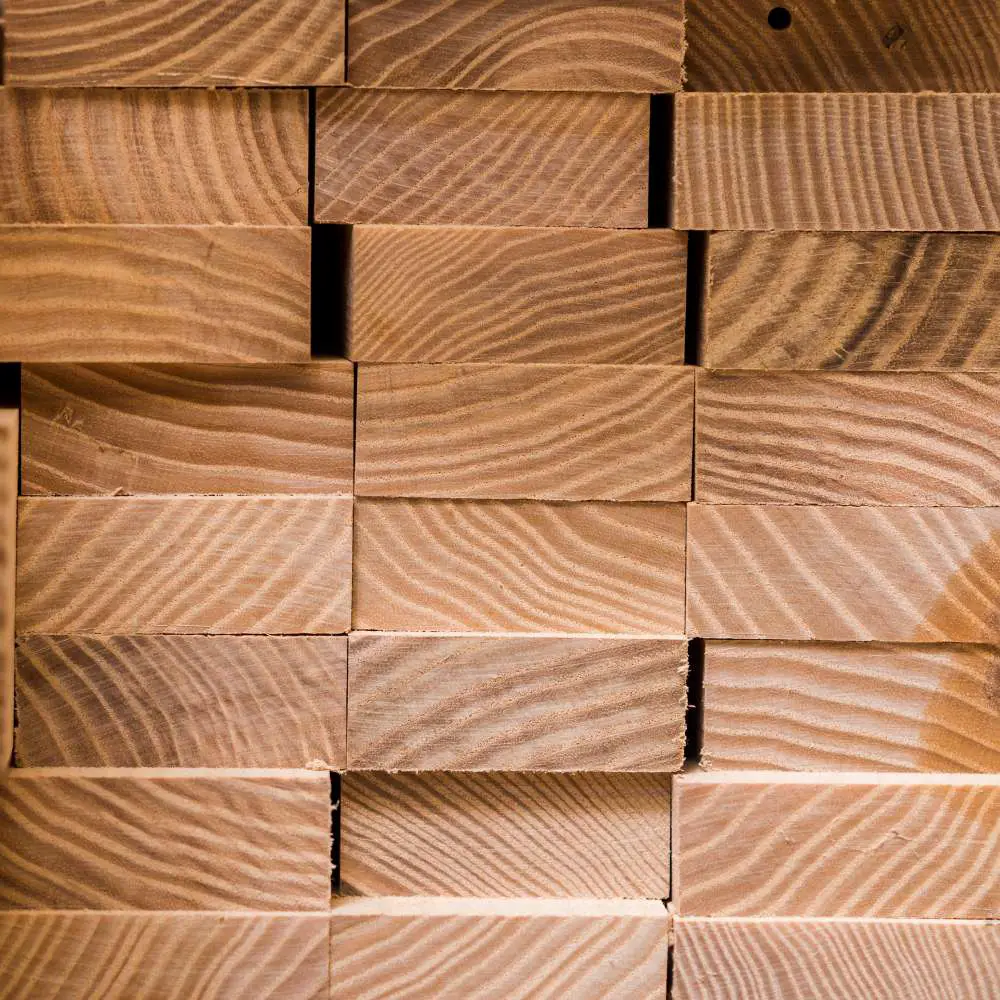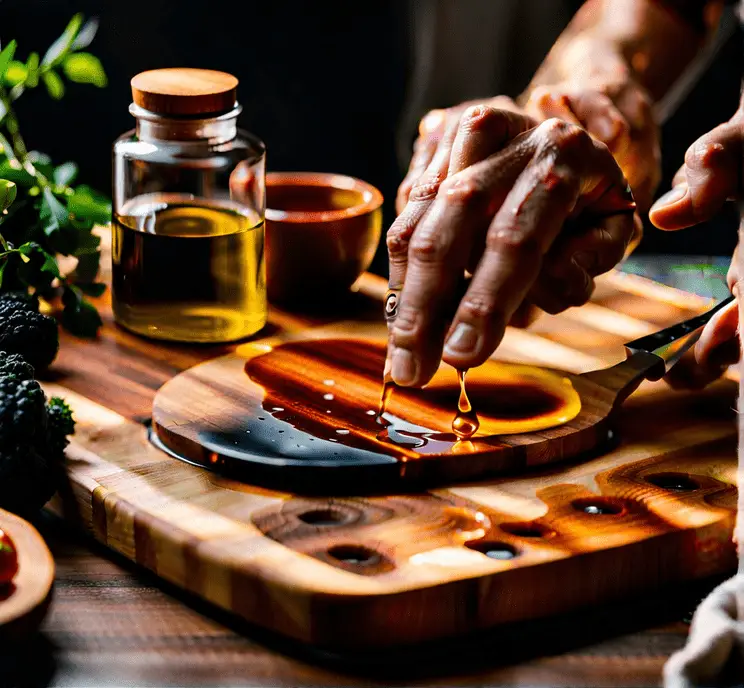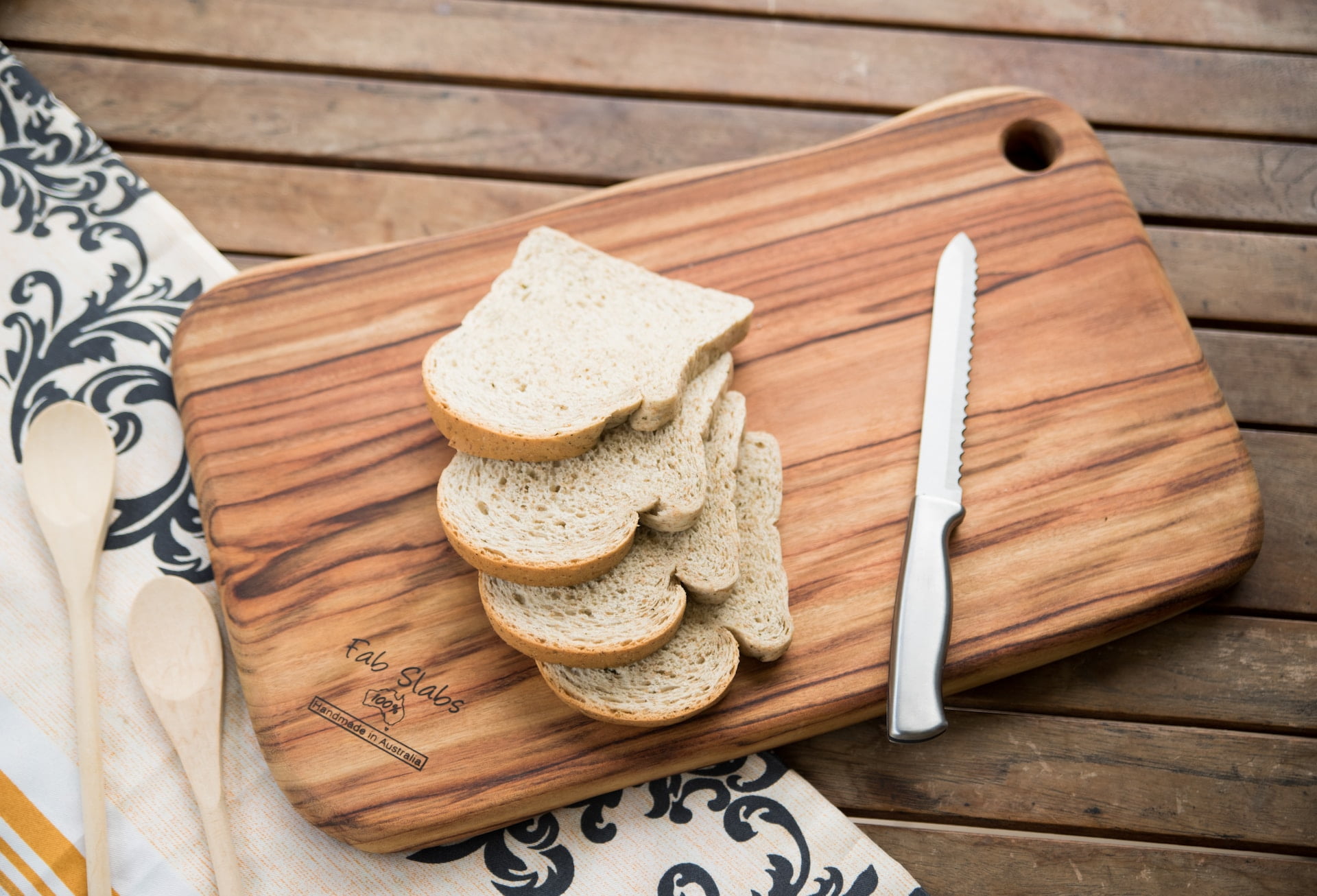When it comes to kitchen essentials, wood cutting boards have stood the test of time. Not only are they a practical tool for food preparation, but they also add a touch of elegance to any kitchen décor. In this article, we will explore the benefits of using wood cutting boards, their various types, and provide valuable tips on maintenance and care.
The Advantages of Wood Cutting Boards

Wood cutting boards offer several advantages over their plastic or glass counterparts. Firstly, they are more gentle on your knives, helping to maintain their sharpness for longer periods. The natural self-healing properties of wood make it less likely for deep grooves or scars to form on the surface, which can harbor bacteria.
Furthermore, wood cutting boards have a natural antimicrobial effect. Studies have shown that certain types of wood, such as bamboo and maple, possess inherent properties that inhibit the growth of bacteria. This makes wood cutting boards a hygienic choice for food preparation.
Types of Wood Cutting Boards

There are various types of wood used for crafting cutting boards, each with its own unique qualities. Some popular choices include:
a. Maple
Maple wood is a popular option for cutting boards due to its hardness and durability. It has a smooth surface that is gentle on knives and is resistant to staining and warping. Maple cutting boards are known for their longevity, making them a great investment for any kitchen.
b. Walnut
Walnut cutting boards are renowned for their rich, dark color and beautiful grain patterns. They are not only aesthetically pleasing but also highly functional. Walnut wood is naturally resistant to bacteria and has self-healing properties, making it an excellent choice for food preparation.
c. Bamboo
Recently, bamboo cutting boards have gained popularity due to their sustainability and eco-friendliness. As we all know bamboo is a fast-growing grass that is easily renewable, making it an environmentally conscious choice. It is also naturally antimicrobial, making it a hygienic option for cutting boards.
d. Cherry
Cherry wood cutting boards are prized for their warm, reddish hue and smooth texture. They are less dense than maple or walnut but still offer good durability. Cherry wood develops a beautiful patina over time, adding character to your kitchen.
Maintenance and Care Tips

To ensure the longevity of your wood cutting board, proper maintenance and care are essential. Follow these tips to keep your cutting board in top condition:
a. Seasoning
Regularly season your wood cutting board with food-grade mineral oil or beeswax to keep the wood moisturized and prevent it from drying out or cracking. Apply a thin layer of oil or wax and let it absorb overnight before wiping off any excess.
b. Cleaning
Clean your wood cutting board with warm, soapy water after each use. Avoid soaking it in water or exposing it to excessive moisture, as this can cause warping. For stubborn stains or odors, sprinkle coarse salt on the surface and scrub gently with a lemon half.
c. Avoid Cross-Contamination
To prevent cross-contamination, use separate cutting boards for different types of food, such as meats, vegetables, and fruits. This reduces the risk of harmful bacteria spreading from one food item to another.
d. Drying and Storage
After washing, thoroughly dry your wood cutting board with a clean towel to prevent moisture buildup. Store it in an upright position to allow proper air circulation, which helps prevent mold or mildew growth.
Wood cutting boards are not only practical tools for food preparation but also timeless additions to any kitchen. With their durability, natural antimicrobial properties, and aesthetic appeal, they offer a combination of functionality and beauty. By choosing the right wood type and following proper maintenance techniques, you can enjoy the benefits of a wood cutting board for years to come. Invest in this kitchen staple, and elevate your culinary experience to new heights.
So, whether you’re a professional chef or a home cook, consider adding a wood cutting board to your kitchen arsenal. Not only will it enhance your cooking experience, but it will also make a stylish statement in your culinary domain.
Note: This article is a general guide and does not provide specific advice for individual situations. It is always recommended to refer to manufacturer guidelines and consult professionals when necessary for the best care practices of your wood cutting boards.

